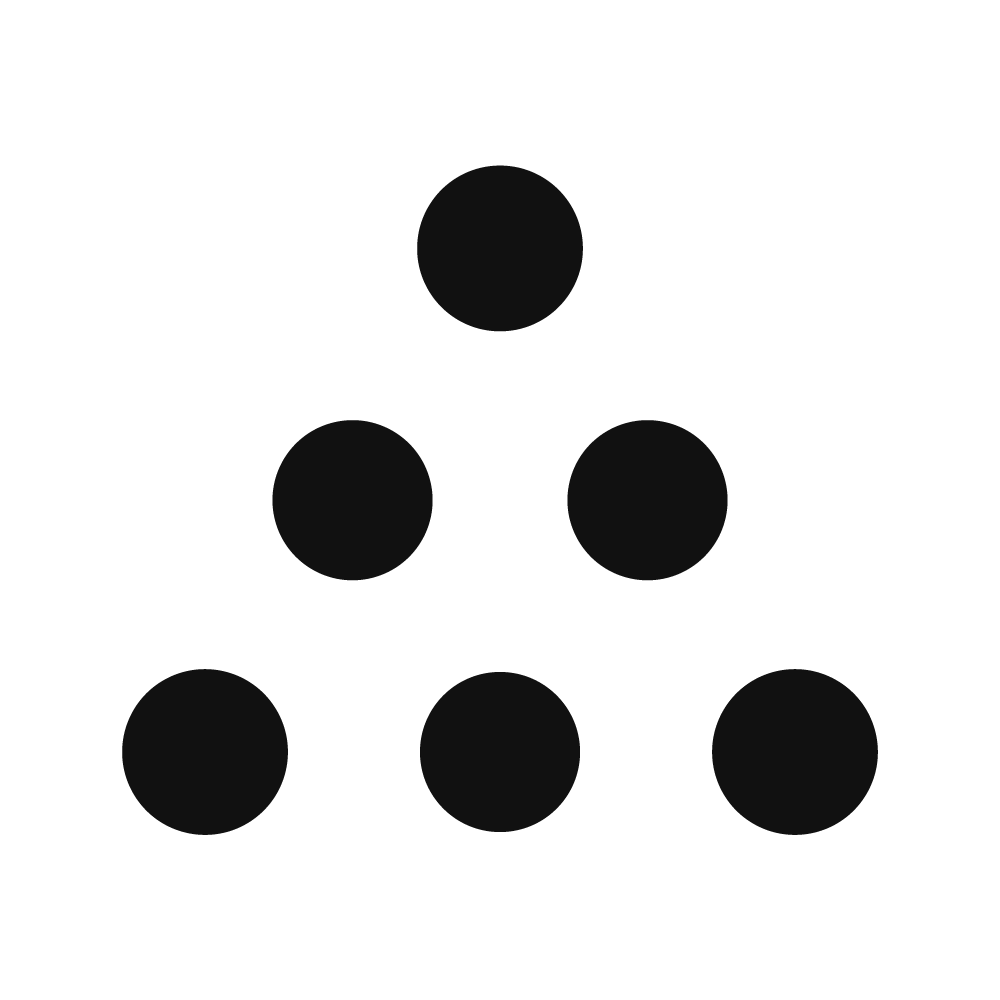Anton Kryvulia & Marika Krasina. 2019
Absent Institution. We curate idleness.
We are artists primarily interested in the question of what it even means to be an artist. We could say that an artist is someone who creates art, and art is what an artist creates, but such a definition simply raises another question: "What is art?" While this ambiguity could be entirely ignored in favor of practice, for us, it becomes a problem. This seemingly banal question irresistibly draws us into its vortex, forming the basis of our artistic identity. The word “artist” turns out to be tied to a radical question about oneself—an artist is someone who asks themselves what it means to be an artist and to act as one.
We are artists primarily interested in the question of what it even means to be an artist. We could say that an artist is someone who creates art, and art is what an artist creates, but such a definition simply raises another question: "What is art?" While this ambiguity could be entirely ignored in favor of practice, for us, it becomes a problem. This seemingly banal question irresistibly draws us into its vortex, forming the basis of our artistic identity. The word “artist” turns out to be tied to a radical question about oneself—an artist is someone who asks themselves what it means to be an artist and to act as one.
However, to ask oneself this question, an external position is required—a vantage point from which one can observe oneself and inquire. Establishing such a separate working position and creating a mechanism for this reflexive practice is what we see as our practical artistic task.
The formation of this practice implies a conceptual and theoretical articulation, which is why we develop our own language and grammar. They emerge directly from our lives, from the actual conditions and practices within our real existence. A new observer appears in our lives, transforming the search for perspective into a performative act—a kind of ritual.
Our work is the documentation of this ritual of remembering ourselves. We construct a position and collect traces of connections and relationships in the form of rules. These rules are not created to be used as instructions; rather, they emerge naturally, as leges naturales, in the process itself. Since we work as a duo, we are forced to verbalize everything. Our work happens precisely in the moment of conversation, and these conversations leave traces. Over the years, these rules have taken shape as a model, a kind of institution that we enter like an empty house—to look at ourselves through the window.
The Absent Institution is a logical system with its own dynamics and concepts. This institution is both our artistic medium and artistic product. The Absent Institution produces itself. Its practice transforms the seemingly unproductive activities of artists into objects of audience experience and products of artistic exchange. It collects and archives the ongoing documentation of our daily lives—photos, videos, audio recordings, and artifacts. These materials form an extensive digital archive stored on a private server, as well as a material archive of artifacts. Both the digital and material objects serve as means to materialize the work of the Absent Institution in the form of books, magazines, websites, exhibitions, and lectures.
We began working together in 2014 in a format of exploratory inquiry or drift. Over time, we realized that this work consists, first, of performative expeditions. Over nine years, there have been many such expeditions, which eventually became known as “Zones of Nonknowledge” (see The Tunnel). The Zones of Nonknowledge take the form of autonomous, borderland explorations, with their subject being an “Anthropology of Aliens”—examining ourselves as strangers in random situations.
Second, this work involves office labor, also conceived as a performative practice (see Fate and Will). This period of our work is called the “Office of Nonknowledge.” It is dedicated to processing expedition materials, transcribing dialogues, and preparing new exhibitions, publications, and events. The performative nature of the office work leads us to create an archive conceived as a work of art—in the end, a performative archive, or museum. Marika Krasina & Anton Kryvulia
